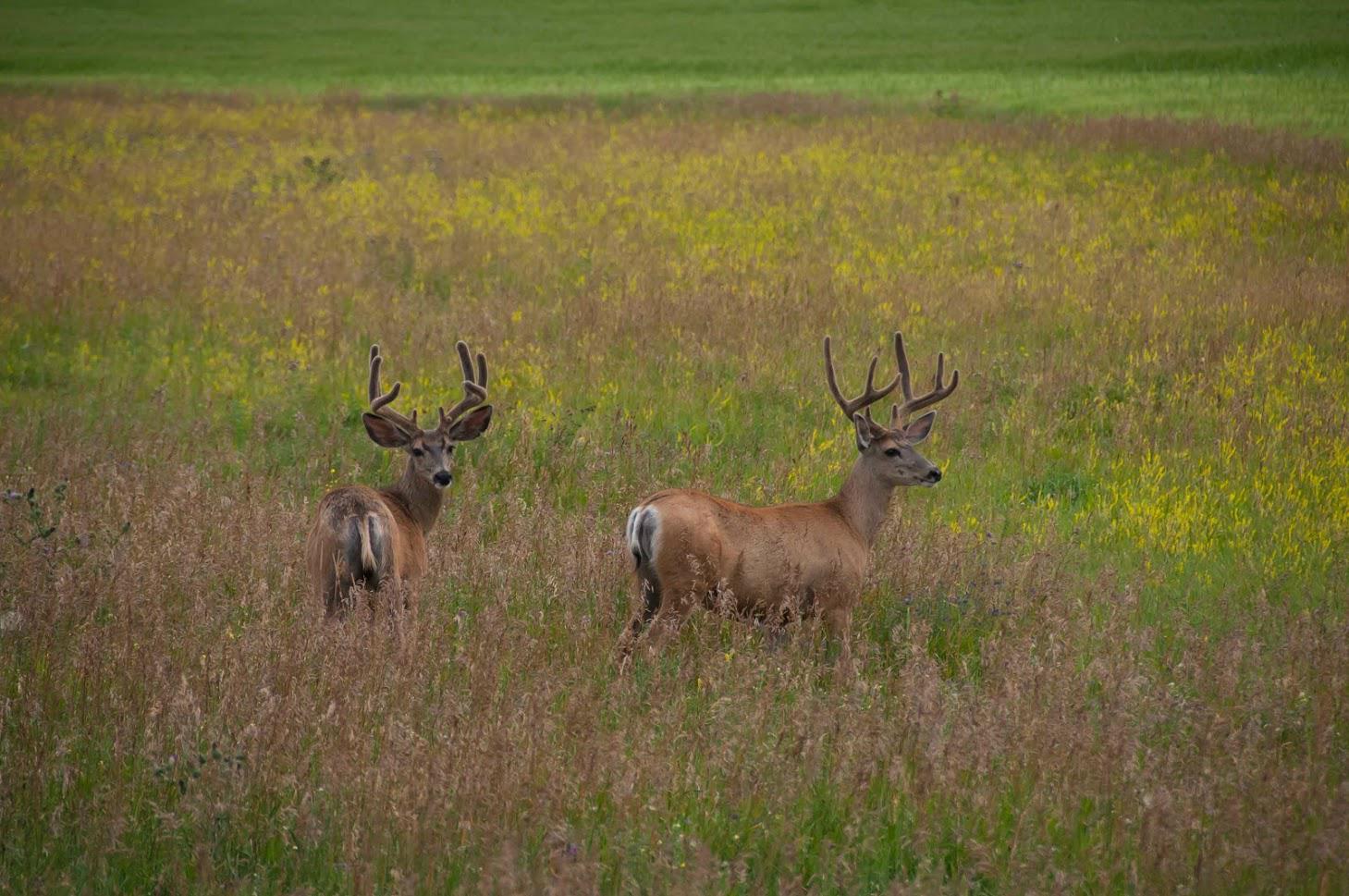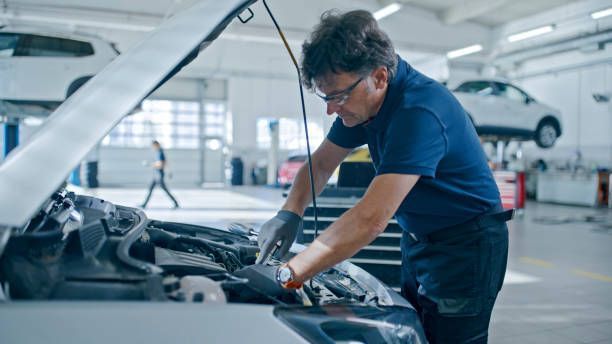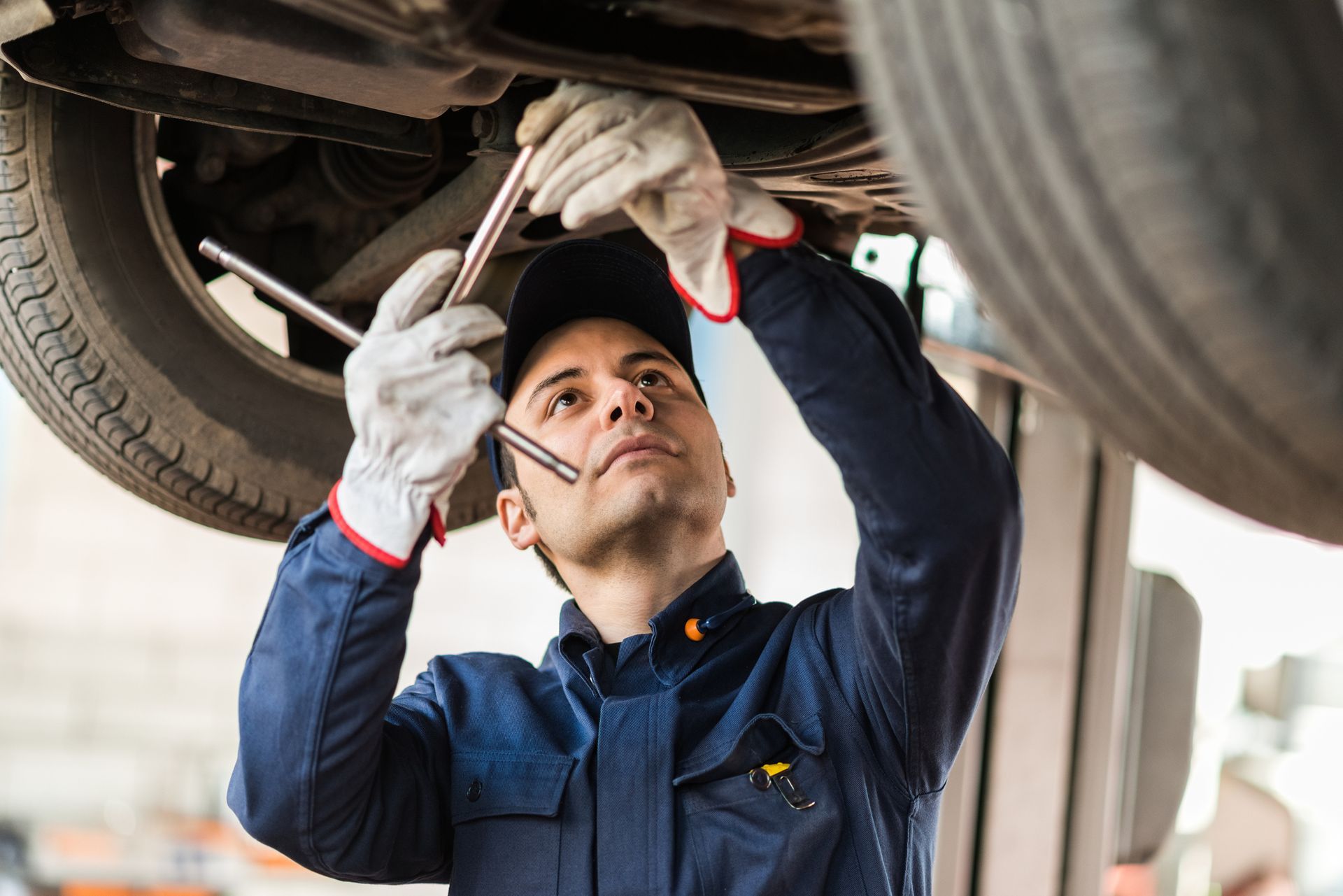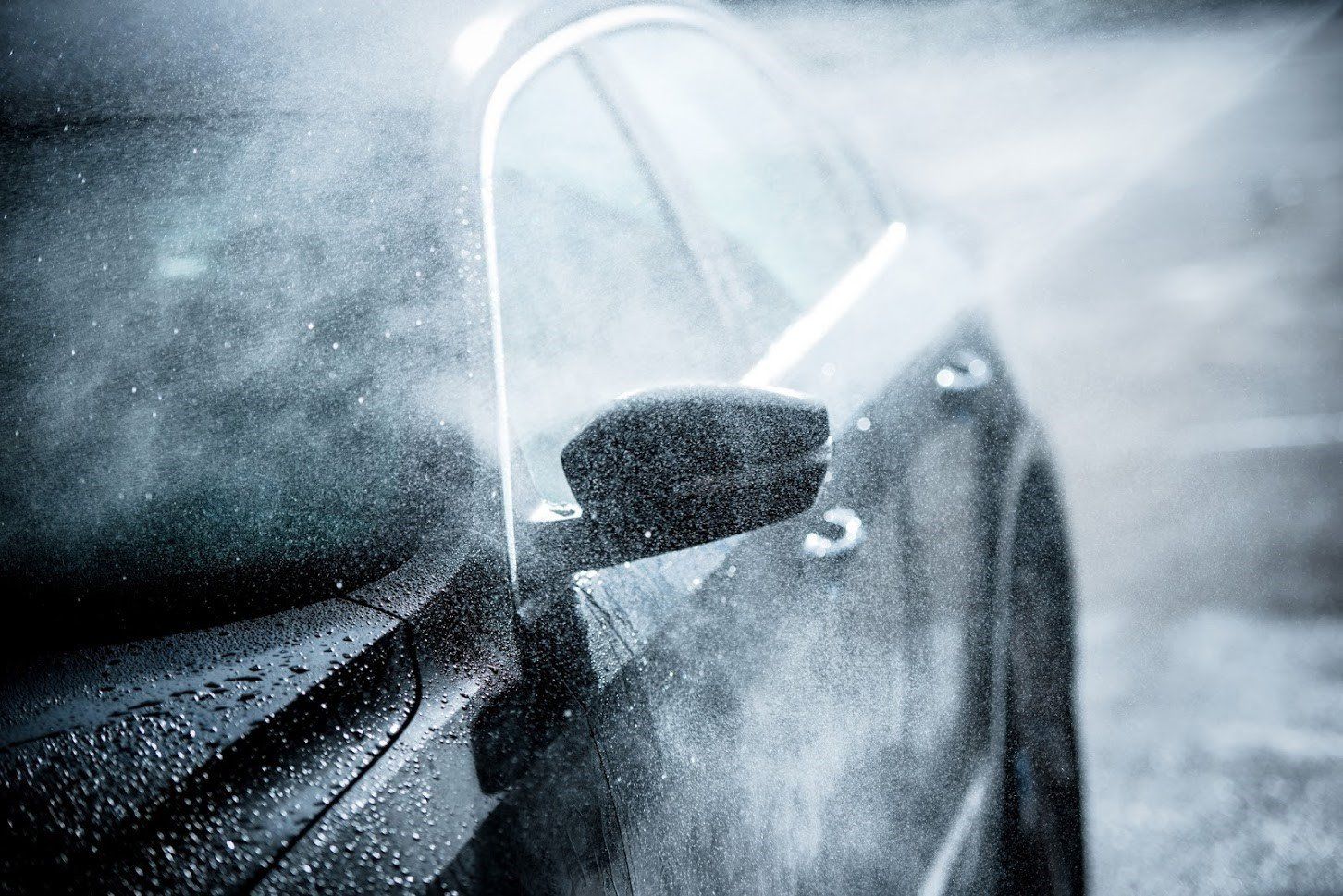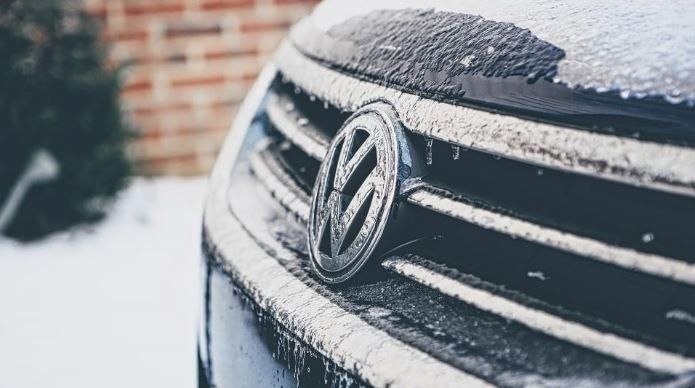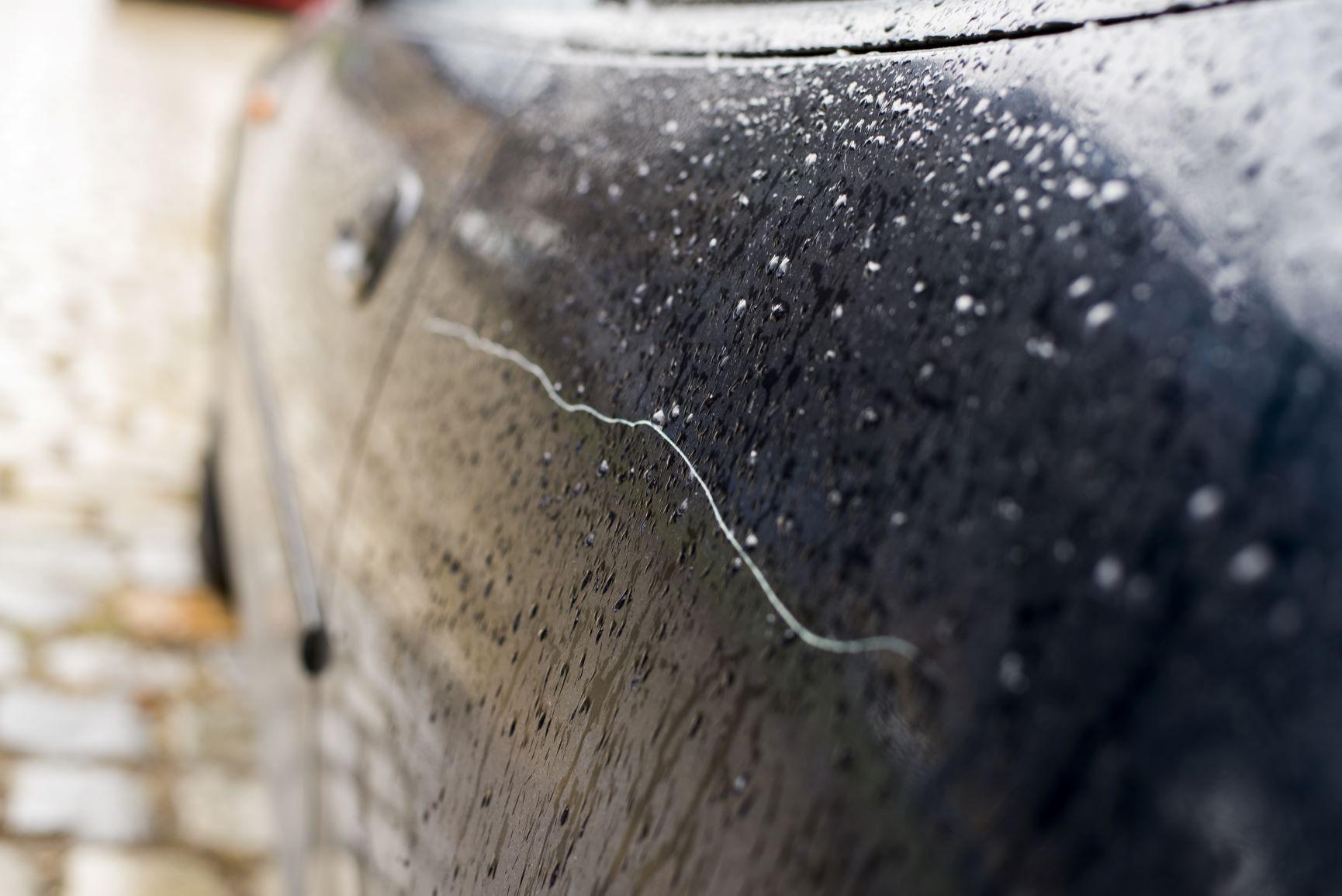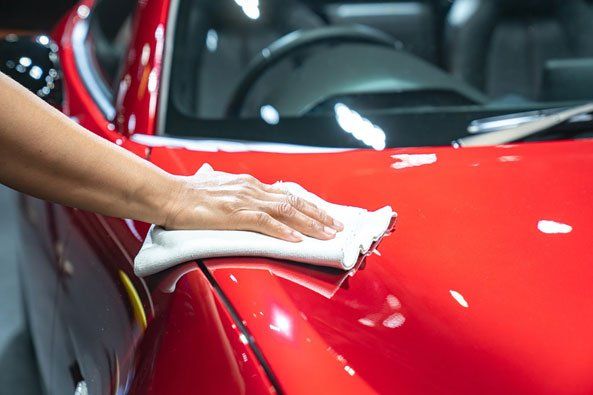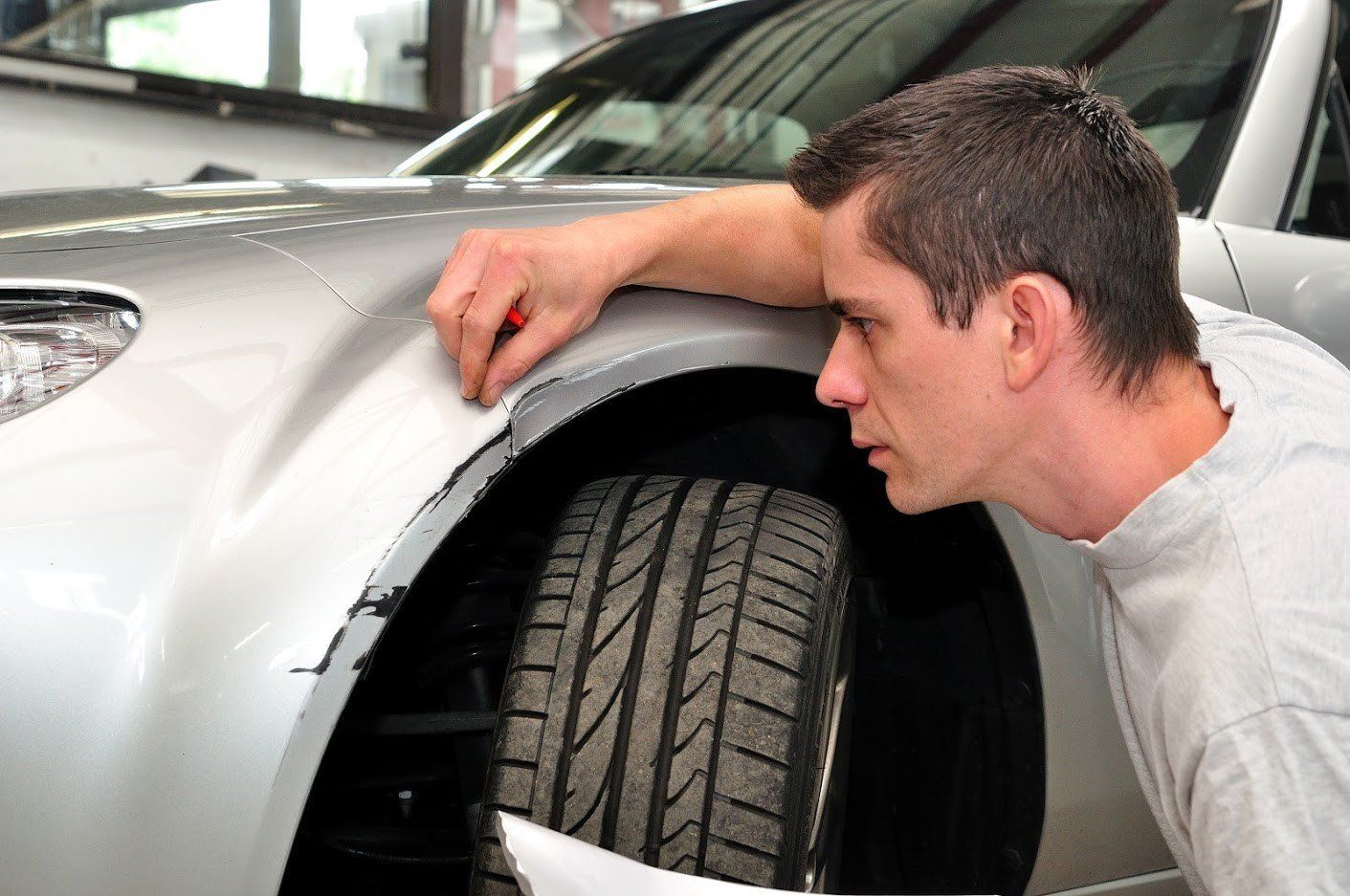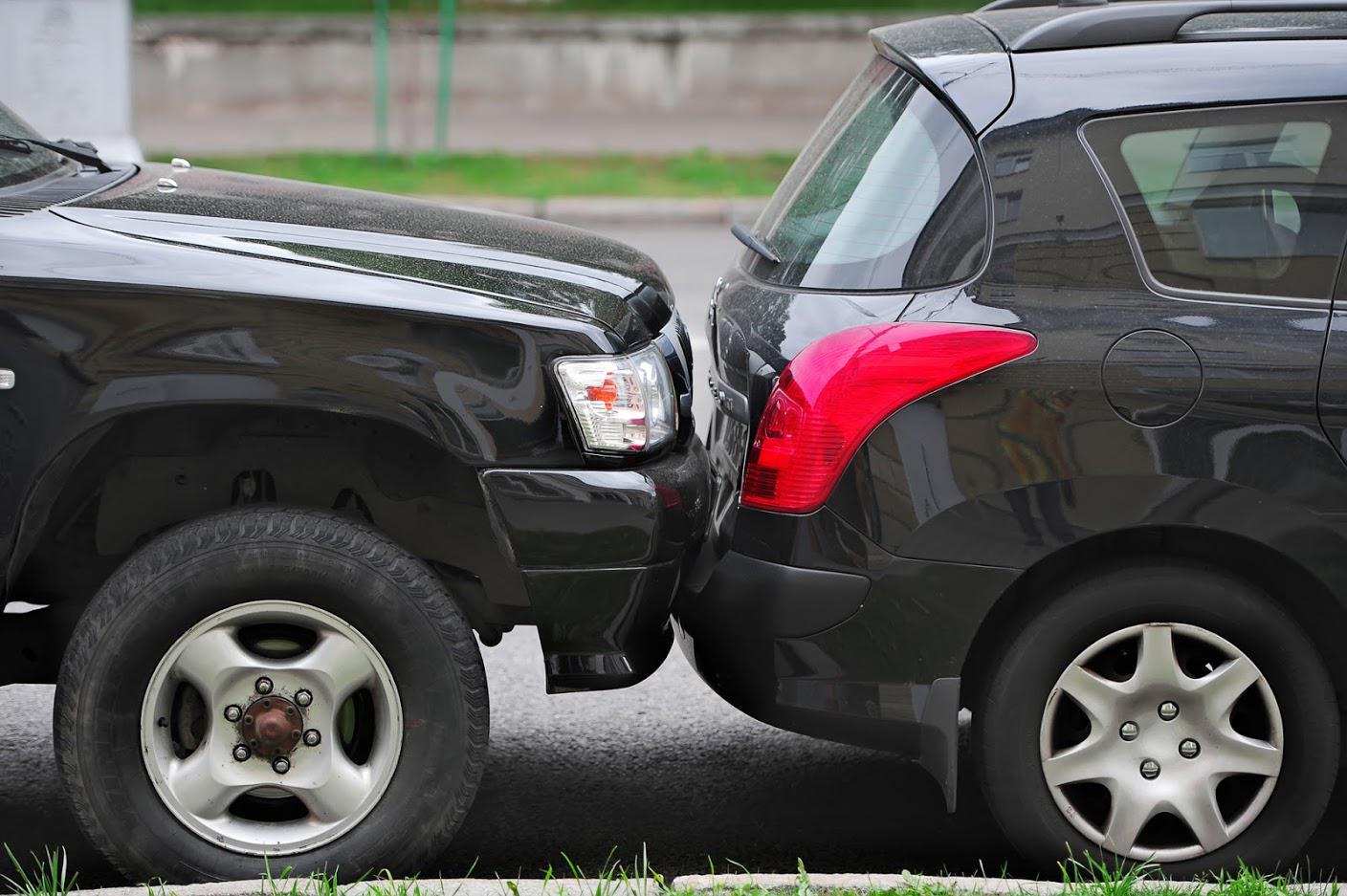6 Tips for Driving Around Whitetail Deer
The leaves are changing, the nights are getting cold, and the days are growing shorter. Autumn is in full swing, and in a few weeks, the deer will be in rut. As every Michigan resident knows, rut — or the mating season for whitetail deer — means we will see increased activity on the road.
Bucks busy themselves chasing does, marking their territory, and fighting off other males while females decide who they're interested in. Rut coincides with hunting season, and as hunting pressure and the mating game intensifies, deer-vehicle collisions increase. Michigan sees almost 50,000 deer-vehicle collisions every year from a whitetail deer herd that numbers 1.8 million .
Unfortunately, the state also sees an average of 12 fatalities from these collisions, many with motorcyclists. While a collision isn't 100 percent preventable, there are things motorists can do to avoid becoming a statistic. Here are six tips for driving in deer country, which in Michigan includes urban, suburban, and rural areas.
1. Be Alert
Keep your eyes focused on the road ahead. Look for flickers of white from a deer's tail on the side of the road. If you see a deer, slow down. Be aware that deer, especially does, rarely travel alone, so if you see one, there is likely another one close behind.
2. Pay Attention to Deer Crossing Signs
Highway workers place deer crossing signs in the exact area where deer are either known to cross from previous accidents or in areas where a clear deer trail exists. When you see a deer crossing sign, know that deer as well as other mammals, such as black bears, may be in the area.
3. Adjust Your Driving Habits
Deer-vehicle collisions can happen any time of year, but spring and autumn are the most common, with more occurring in fall than any other time of year. The fall colors may be pretty to look at, but don't drive down country roads, especially during hunting season, unless you absolutely need to.
4. Use Your Brights
Whitetail deer are crepuscular. This means they are most active during dusk and dawn. This doesn't mean you will never see a deer during the day — during rut and hunting season, they may run all day long.
However, most people's vision is not at its best during these twilight hours, so put on your high-beam headlights as long as there isn't oncoming traffic. This will help you better see the road ahead and any movement.
5. Take Proactive Measures to Protect Yourself
Michigan law requires drivers to wear their seat belts, and about 94 percent of the population does. Don't be one of the 6 percent who doesn't. Seat belts save lives. And while Michigan law doesn't require motorcyclists to wear a helmet, helmets reduce the risk of death by 37 percent and the risk of head injury by 69 percent. Most deer-vehicle collision fatalities in the state each year are with motorcycles.
6. Do Not Swerve
Never swerve out of the way in order to avoid hitting a whitetail deer or any other animal. Swerving puts you at an increased risk of losing control of your vehicle, hitting another vehicle head-on, hitting an object, such as a tree, or running off the road. Instead, slow down and brake as quickly but as safely as you can. If a collision is unavoidable, it is better to hit the animal than it is to hit another vehicle or tree, so stay in your lane.
The average deer-vehicle collision in Michigan results in $4,300 of damage to the vehicle. If you have collided with a deer, contact us today. We will assist you with filing your insurance claim, take care of your auto body repair needs, and get you back on the road again. We also loan vehicles to our valued customers for free.

